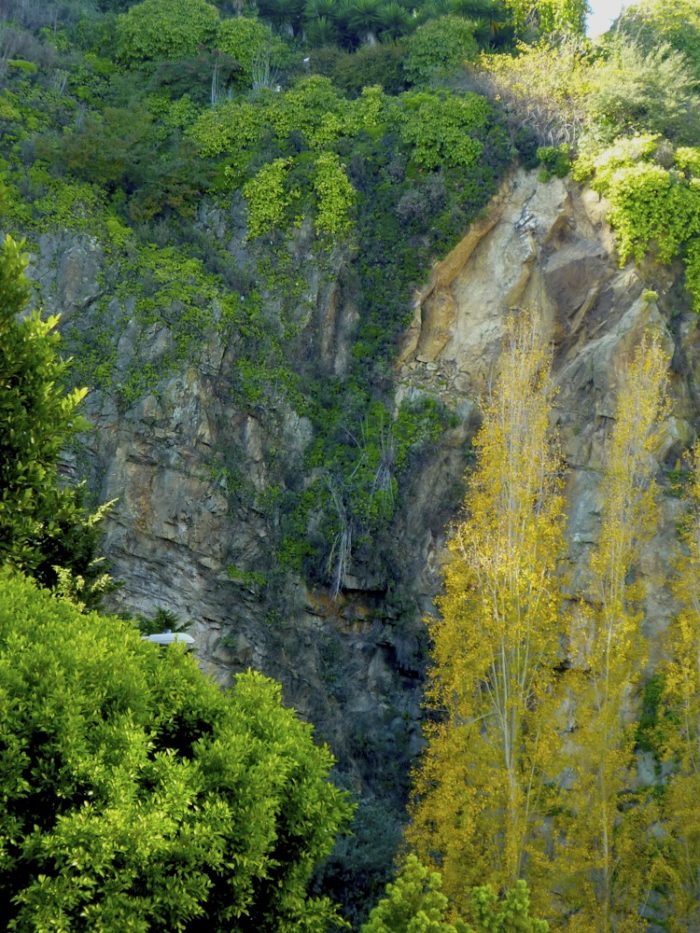
I’m no garden history expert, but I’d be willing to bet that vertical gardening, the current rage, started in San Francisco in the middle of the 19th century. At least it looked that way from where I was standing.
Little did the Gold Rush-era sailors know that the stone they were blasting and hauling off as ballast for their ships would someday support a rich tapestry of lush plants smothering the sheer, stony cliffside of Telegraph Hill.
Before all those tons of rock were removed, water lapped at the base of a gently sloping hillside inhabited by grazing goats (good name for a band). It’s taken a century and a half to revegetate the barren, jagged rock face, but the results are impressive, as I witnessed on a recent trip to The City (that’s what cool people call it).
Lin and I were in San Francisco taking in the Post-Impressionist show at the DeYoung Museum, and visiting our son, Cosmo, who’s living the life of a poet, cooking on a gourmet Vietnamese lunch truck and finishing college.
We rose early, ate a power breakfast with the kid and headed for the waterfront. “Oh heart, be still!” I gasped. “I’ve found unexpected free parking on a side street in the commercial depths of the Embarcadero, just a few blocks from our destination, Filbert Steps.” (I tend to talk that way when I’m excited.)
The eastern face of Telegraph Hill looked wild and inaccessible, like El Capitan rising from the floor of Yosemite Valley. The rock face cascaded with ribbons of green, framed by the shimmering golden foliage of poplar trees. Fortunately, we weren’t going to need a Sherpa or oxygen masks to mount our assault – we’d hoof it a couple of blocks to the Filbert Steps and take the more civilized route.

Technically, the steps are an extension of Filbert Street, but there’s no way up or down except on foot. The first leg of the near-vertical ascent starts with a few well-engineered flights of steel and concrete steps. On the way up, daredevil clusters of Aeonium cling to crags in the rock face. These non-native opportunists are well adapted to thrive in no more than a belly-buttonful of soil.
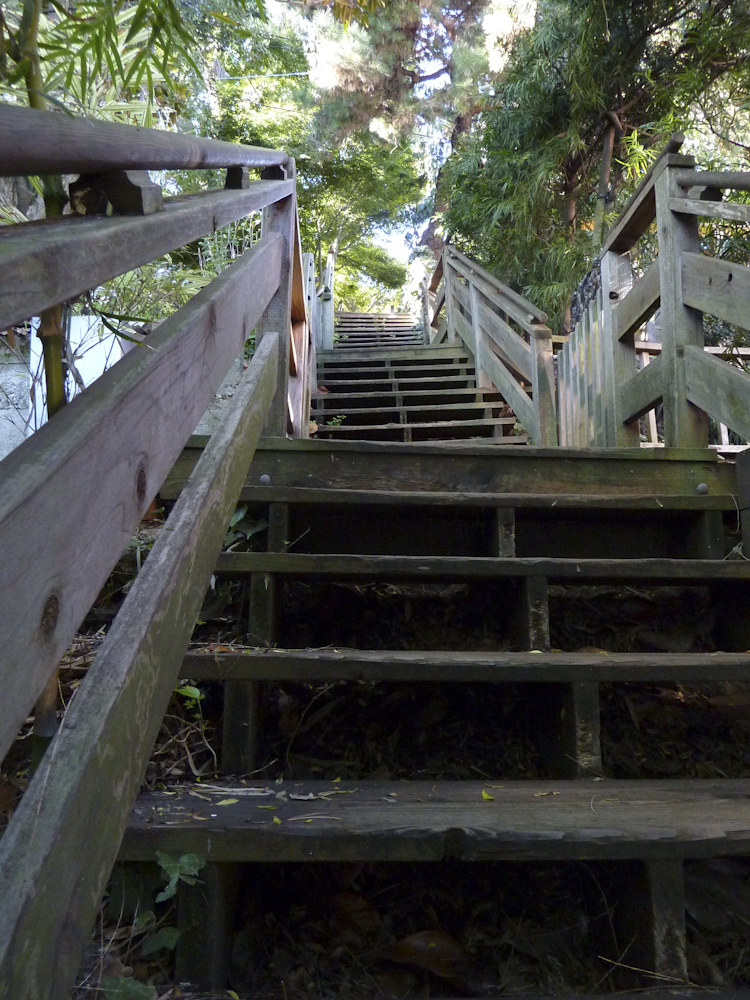
About 80 feet up, the concrete stairs give way to flight after flight of narrow wood steps and landings, enveloped in a shady forest of trees, and carpeted with an understory of ferns, vines and surprising whatevers. It’s a hodge-podge because every fifty feet or so, you’re standing in front of someone’s house. You see, Filbert is a residential “street” connecting hillside houses of every style, with gardens to match.
Living along the Filbert Steps must be a challenge. I’d be sleepless hoping that I outlive all my major appliances. (Last time we were here, a platoon of landscape laborers were schlepping 5-gallon plastic buckets of soil down hundreds of steps to their truck parked on the street. They could have used these buff dudes at Machu Pichu.)
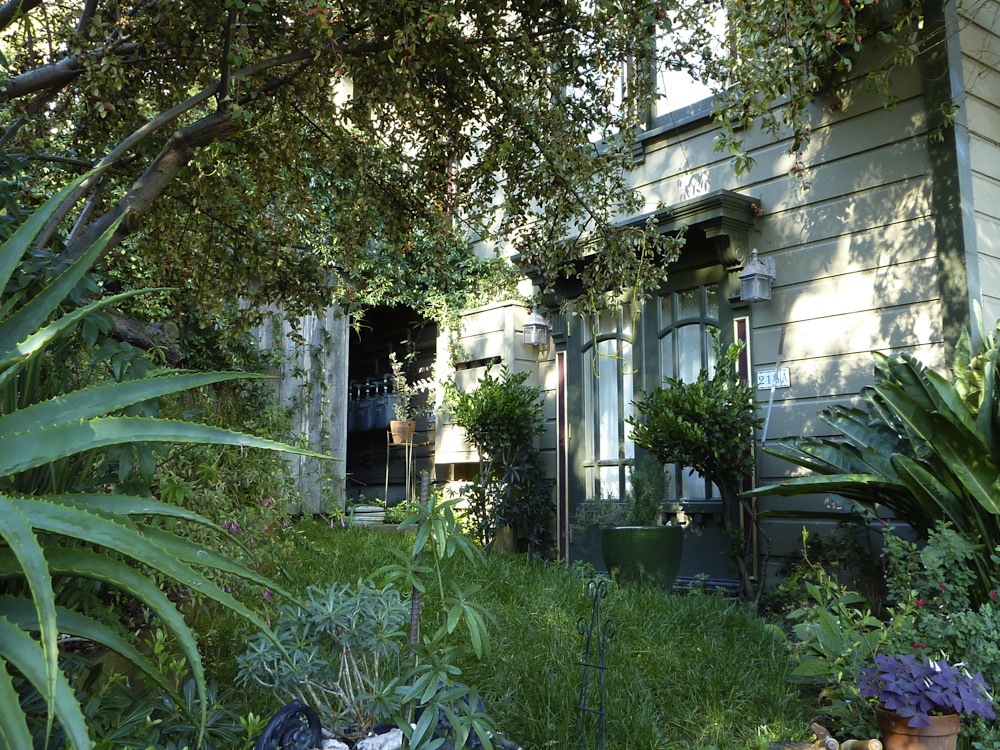
This beautifully cared for two-story Victorian wakens to a sweeping view of the San Francisco Bay, catching the sunrise over the Berkeley hills. The garden is wild, a mash-up of bird of paradise, aloe and probably anything the owner’s friends had too many of. A massive Pyracantha of tree-like proportions gives a measure of privacy from stair trekkers.

This finely crafted gate had a touch of New Orleans, leading to a simple path of gravel and stepping-stones. Given the steepness of the hillside and potential for storm run-off in this area, it’s heartening to see smart people installing permeable surfaces.
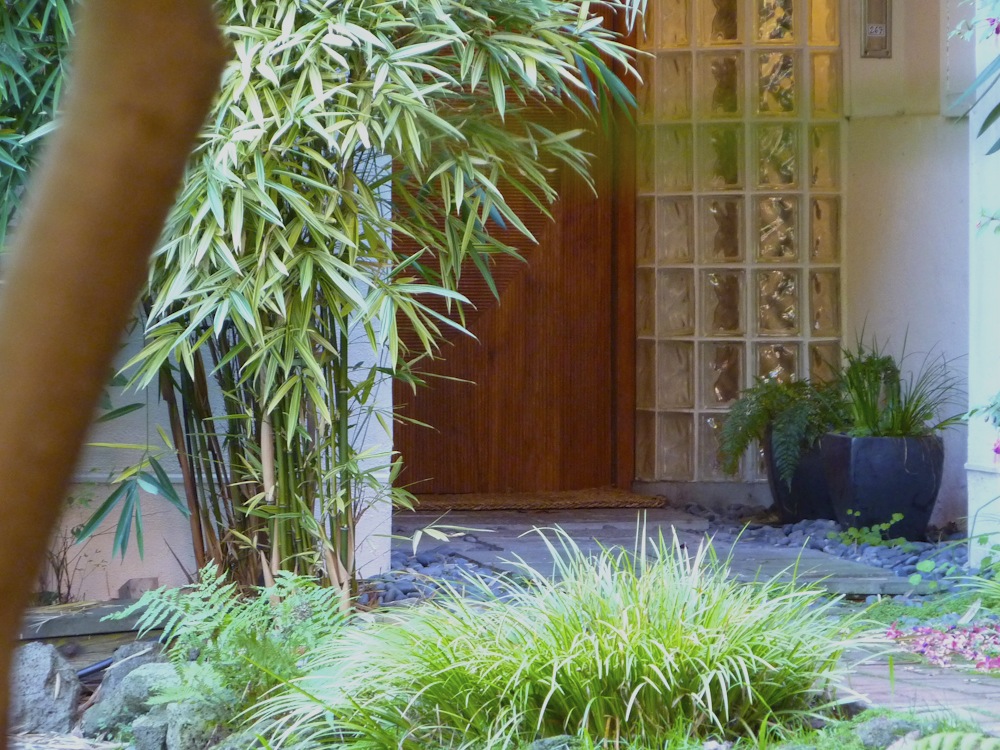
Amid the quaint, classic wood homes are sprinklings of more contemporary residences. Mid-20th-century glass block and stucco marry nicely in this front yard’s Japanesque garden motif. Ferns, lily turf and bamboo play well with the cool gray slate entry, beach pebbles and small granite rocks.
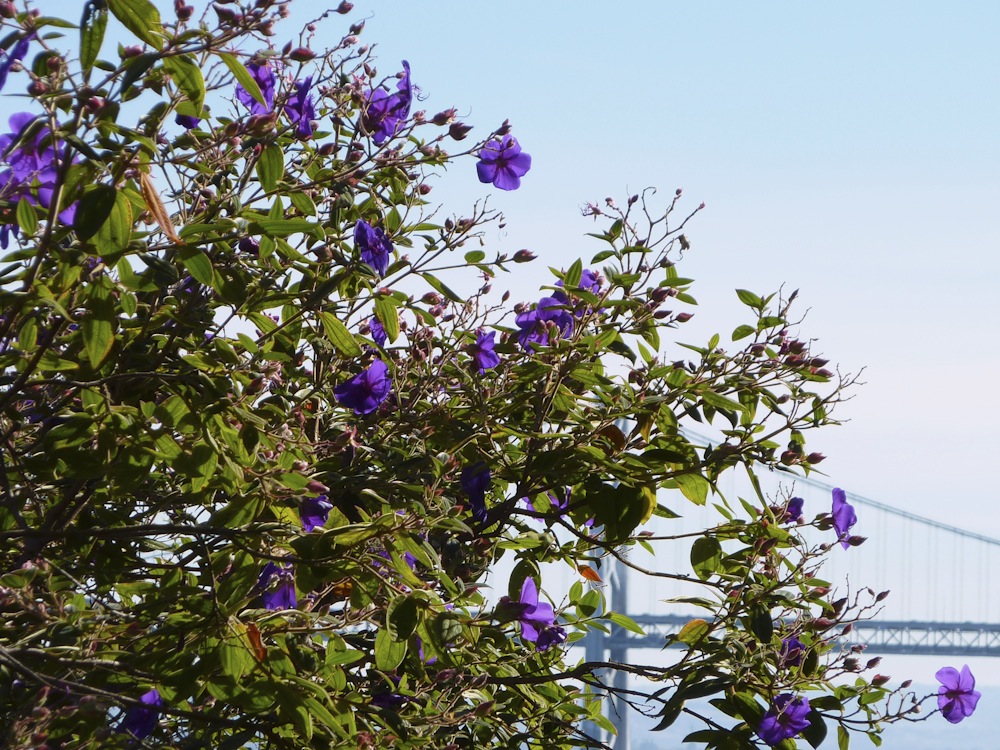
I planted Tibouchina heteromalla (silver leaf princess flower) in my garden in Santa Barbara a few years back. It did okay in morning light, but needed more water than I cared to lavish. It sulked. But drive a few hundred miles north and everything changes – NorCal gets more natural rainfall and the cooler temperatures allowed this mega-bush to thrive in full sun, producing generous splashes of luscious purple blooms. Bonus points for the view of the Bay Bridge.
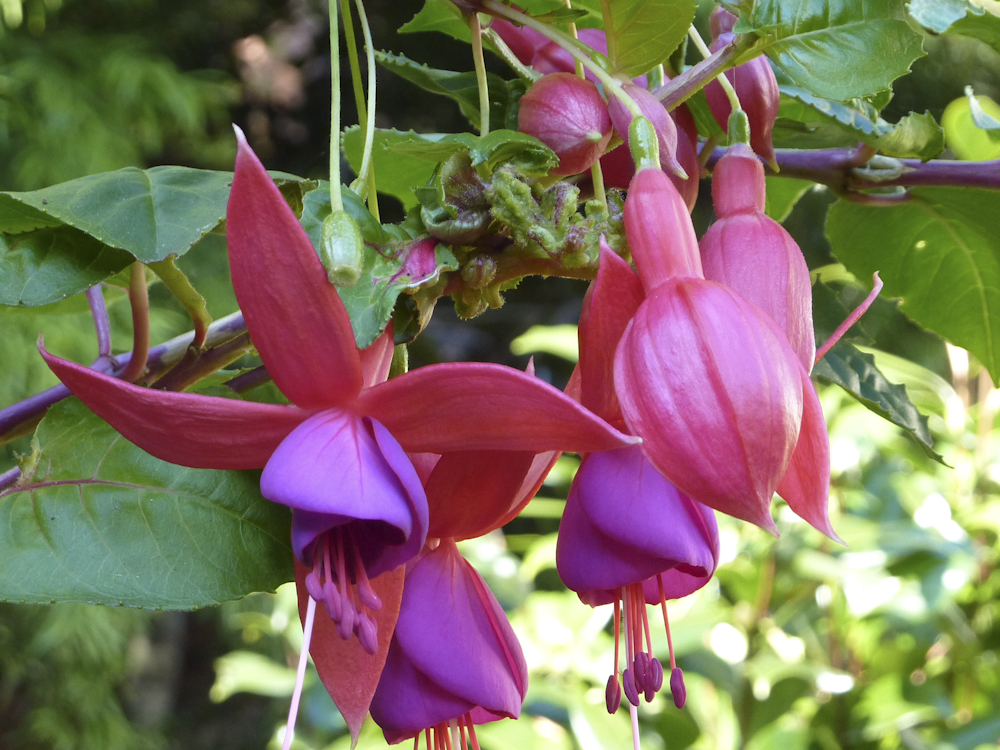
Fuchsia, another plant that needs round-the-clock life support where I live, had no trouble thriving on the hillside. I spied it skipping about, stretching over fences, slathered on walls, and winking at me to get up close and personal. Tempting, but I’m a married man.
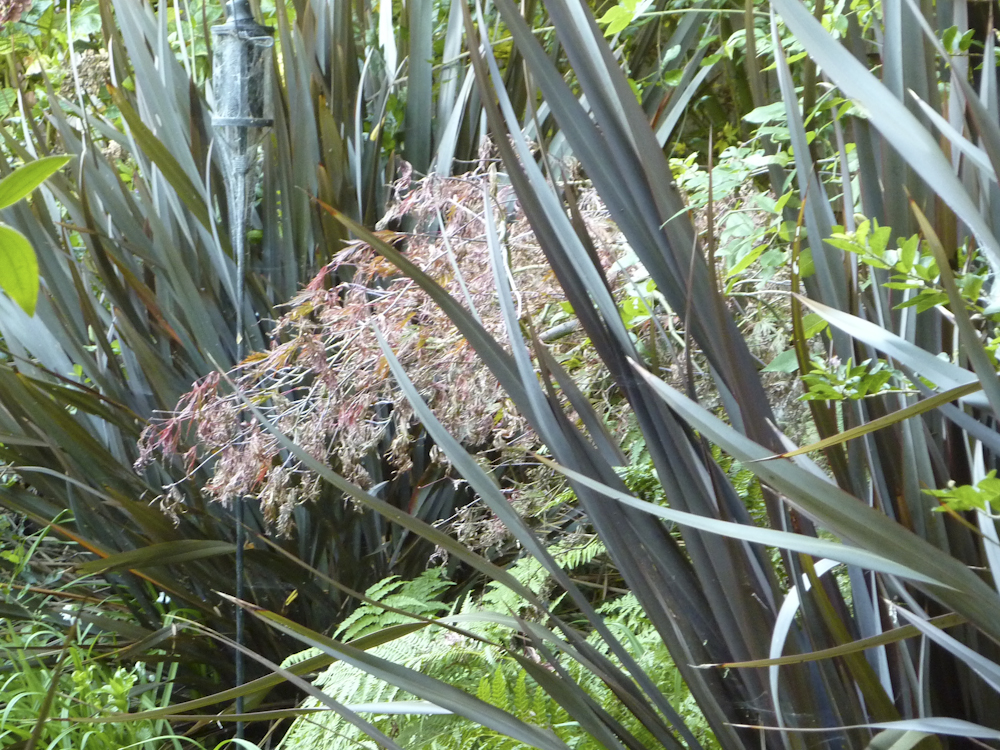
“My name is Billy and I’m a chocoholic.” Though I’d rather have it melt in my mouth (not in my hands), I love chocolate in the garden, too. The dark end-of-season leaves of a cut-leaf Japanese maple, sandwiched between New Zealand flax (Phormium species) made my mouth water. The light greens surrounding it increase the contrast.

Everywhere I looked Telegraph Hill was being held back with walls and terraces dotted with vignettes of naturalized foliage plants. This one looks like the serendipitous result of random plantings, good instincts and benign neglect.
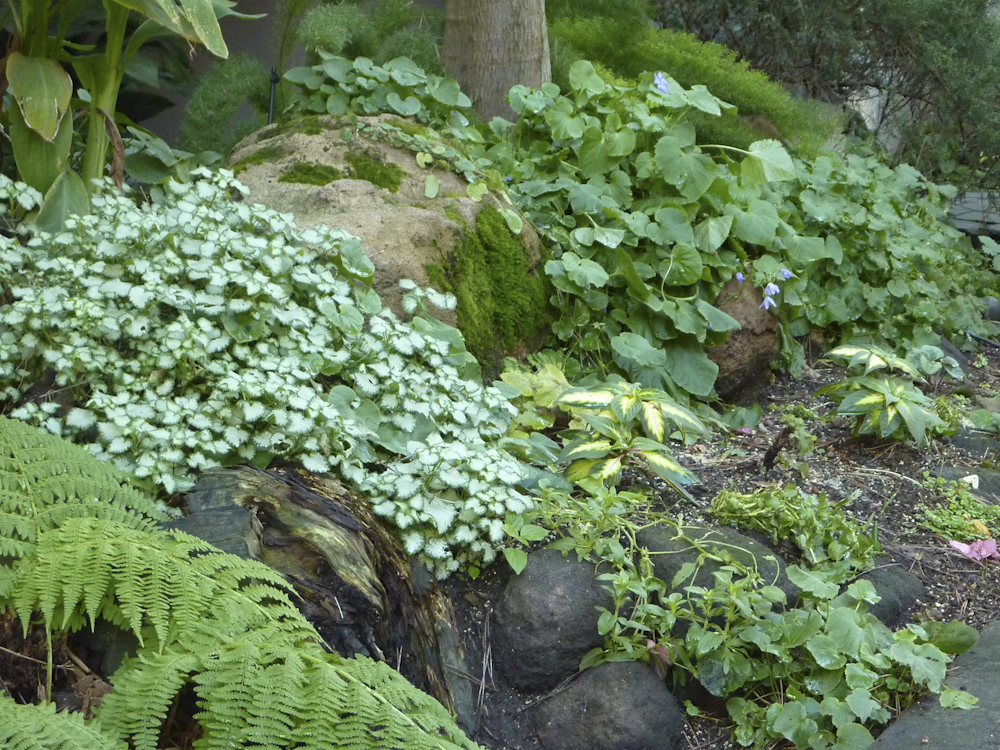
A similar planting looked fairly new, yet it has an equally natural, unintentional sense about it. Plants ooze over the rocks like slow-moving taffy. The eye-popper is the variegated foliage of Lamium maculatum ‘White Nancy’, adding shimmer to the greens.
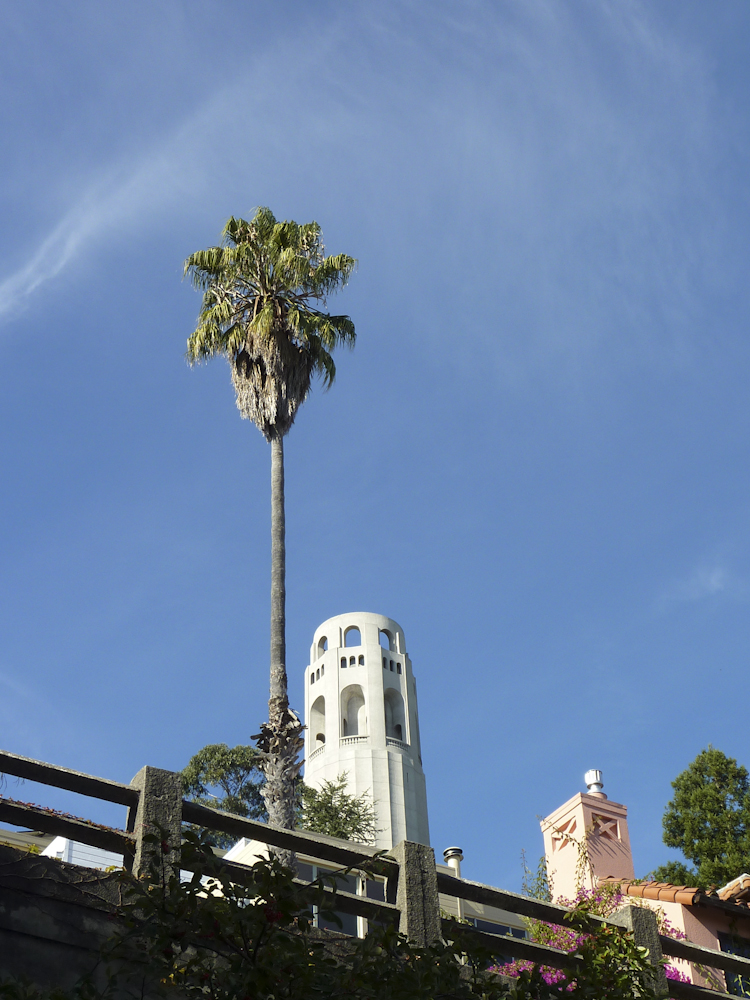
The air temperature was warming as we emerged from the light-dappled understory. Coit Tower – built in 1934, and the site of the first West Coast telegraph cables announcing the arrival ships from the Pacific – beckoned us further up the hill. We preferred descending back through the verdure to take more pictures.
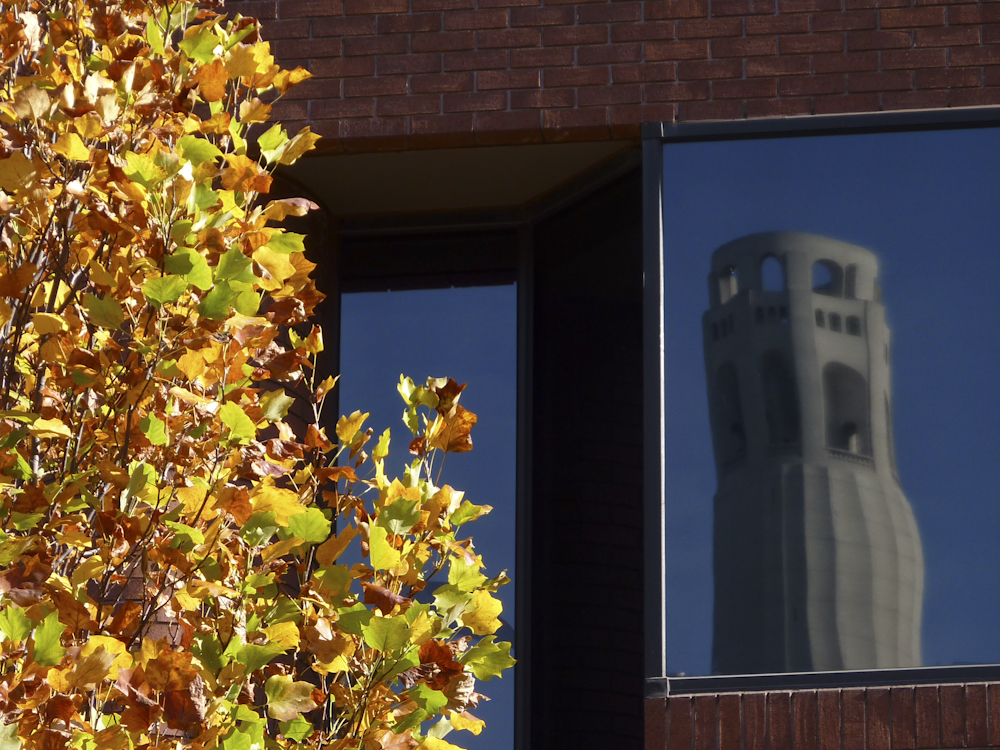
Despite cutting the climb a little short, I was rewarded with this last view of the Coit Tower and a touch of fall color, courtesy of Montgomery Street’s tulip trees (Liriodendron tulipifera).
If you’re up San Francisco way, treat yourself to a pulse-pounding climb made all the more enjoyable by the tranquility of near-vertical gardening at its best.

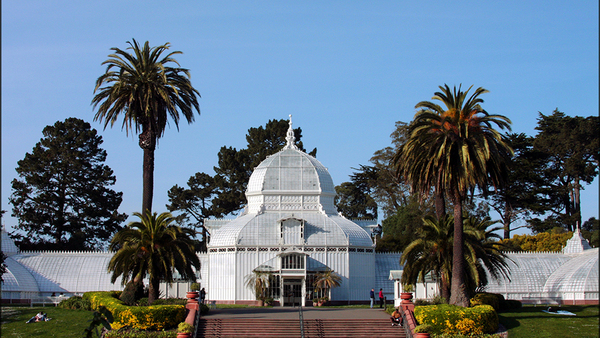















Comments
Great piece of travel/garden writing, my favorite genre!
Log in or create an account to post a comment.
Sign up Log in